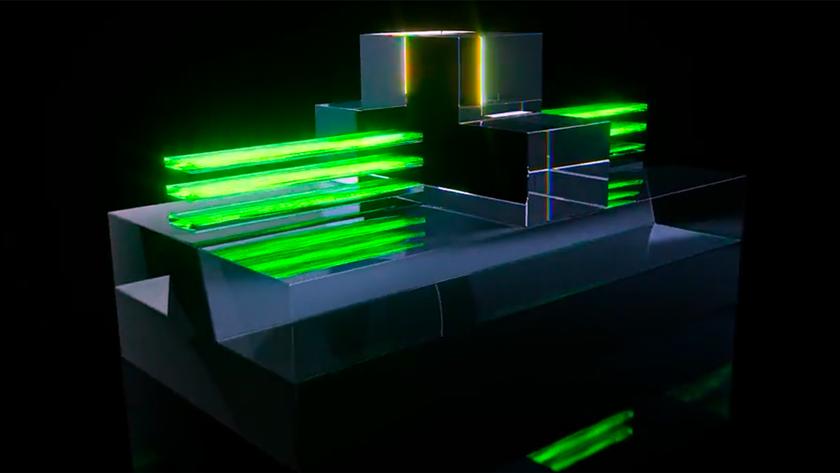Team Group Announces First 3GHz DDR3 Memory Modules
News
By
Douglas Perry
published
Taiwanese DRAM module maker Team Group has unveiled the first 3 GHZ DDR3 device.

The 4 GB Xtreem LV PC3 24000 modules (8 GB kits sold as 2x4 GB) are offered in limited numbers in and are designed to run at CL11 13-13-35 timings on Intel's Ivy Bridge platform with 3000-series processors and Z77 chipset.
The manufacturer said that the modules comply with the XMP v1.3 specification and use bifurcated heat spreaders to guarantee a high signal quality and proper cooling.
Team Group is also offering its Xtreem LV series in 2133 MHz, 2400 MHz, 2600 MHz, 2666 MHz and 2800 MHz versions.
Stay On the Cutting Edge: Get the Tom's Hardware Newsletter
Get Tom's Hardware's best news and in-depth reviews, straight to your inbox.
TOPICS
28 Comments
Comment from the forums
-
jacobdrj Very cool. What is the price premium? How good is overclock-ability on other brands' high end but not as highly rated memory?Reply
-
eddieroolz Until just 4-5 years ago we were amazed at RAM that ran at 533, 677 and 800MHz. But 3000MHz? Wow!Reply -
blazorthon A Bad DayI was so excited, until I noticed this:I am sad.Reply
Timings are measured in clock cycles, so with higher clock frequencies, the same timings number is a lower real-time latency as measured in nanoseconds (or any other unit of time measurement). 13-13-35 at 3GHz is like 6-6-18 on a 1600MHz memory kit. They are very low latency. Complaining about timings like these at 3GHz is like complaining about 5-5-18 timings at 1600MHz, except with nearly the same latency, you have nearly double the bandwidth. It's a win-win for latency and bandwidth. -
Pinhedd eddieroolzUntil just 4-5 years ago we were amazed at RAM that ran at 533, 677 and 800MHz. But 3000MHz? Wow!Reply
The actual DRAM module speeds haven't improved all that much. The actual chip frequency for DDR3-3000 is around 375 Megaherz. DDR3 chip frequencies are one quarter that of the IO bus frequency and there are two data transfers per IO bus clock. This corresponds to the prefetch buffer size of 8 words per access. By comparison, DDR2 had 4 words per access and DDR had 2.
Thus, the actual memory chips haven't gotten that much faster, the IO bus has. -
beardguy Most of us are probably already running around 1.6 GHz RAM.Reply
Real world speed increase ... probably barely noticeable.
Most Popular











